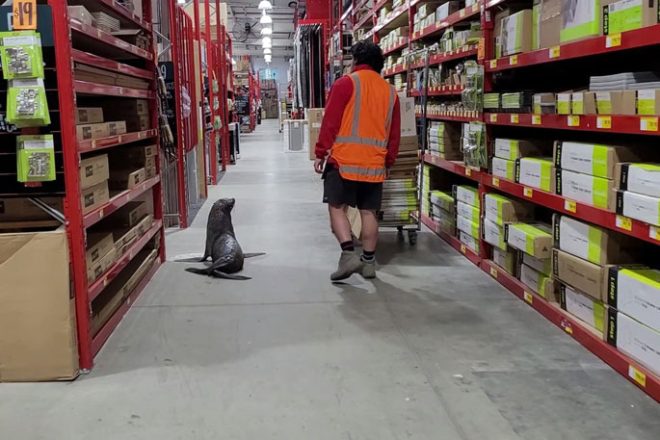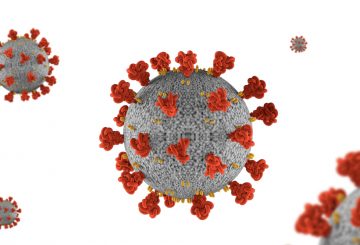Đừng ngạc nhiên nếu bạn phát hiện hải cẩu lông New Zealand ở một số nơi khác thường trong những tháng tới. Cục Bảo tồn (DOC) đang yêu cầu công chúng để ý đến hải cẩu lông non, sư tử biển và hải cẩu, còn được gọi là chim cánh cụt non. Những con vật này có thể bắt đầu xuất hiện ở những vị trí bất ngờ trong thời gian thường được gọi là ‘mùa hải cẩu ngớ ngẩn”.
“Từ tháng 6 đến tháng 9, chúng tôi bắt đầu thấy hải cẩu non bắt đầu khám phá môi trường của chúng, thường xuất hiện ở những nơi bất ngờ”, Tiến sĩ Jody Weir, cố vấn khoa học biển DOC cho biết.
Kekeno, hay hải cẩu lông New Zealand, là động vật có vú biển dành nhiều thời gian trên cạn, thường nghỉ ngơi nhưng đôi khi khám phá. Mặc dù chúng thường được tìm thấy trên các bờ đá, sự tò mò tự nhiên của chúng có thể dẫn chúng vào đất liền vài km.
“Hải cẩu non, vẫn phụ thuộc vào sữa mẹ, có xu hướng mạo hiểm xa hơn trong giai đoạn này. Người ta thường tìm thấy chúng trên đường, trong sân sau hoặc thậm chí trên ghế sofa phòng khách”, Tiến sĩ Weir giải thích.
Năm nay đặc biệt khó khăn đối với hải cẩu lông thú New Zealand, với hơn 1000 người chết vì đói dọc theo bờ biển Kaikōura.
Tiến sĩ Weir nói: “Mặc dù chúng ta không thể giải quyết các vấn đề rộng lớn hơn về biến đổi khí hậu và khan hiếm thực phẩm qua đêm, nhưng tất cả chúng ta đều có thể góp phần giữ an toàn cho những loài động vật hấp dẫn này.
Năm ngoái, hải cẩu đã được tìm thấy ở những nơi bất ngờ như bãi đậu xe của KFC ở Papakura và Bunnings ở Whangarei. Trong những trường hợp này, DOC đã bước vào để di chuyển các con hải cẩu trở lại nước một cách an toàn.
Hầu hết hải cẩu mà mọi người gặp đều khỏe mạnh và các hành vi như nôn mửa, hắt hơi, ho hoặc khóc là bình thường. Mọi người nên thích quan sát chúng từ xa và chỉ liên hệ với DOC nếu họ gặp nguy hiểm ngay lập tức, chẳng hạn như đang trên đường, bị thương nặng hoặc vướng vào các mảnh vụn”, Tiến sĩ Weir nói.
Nếu bạn thấy một con hải cẩu bị thương nặng, bị quấy rối hoặc gặp nguy hiểm, vui lòng gọi 0800 DOC HOT (0800 362 468).




















































-360x245.jpg)









